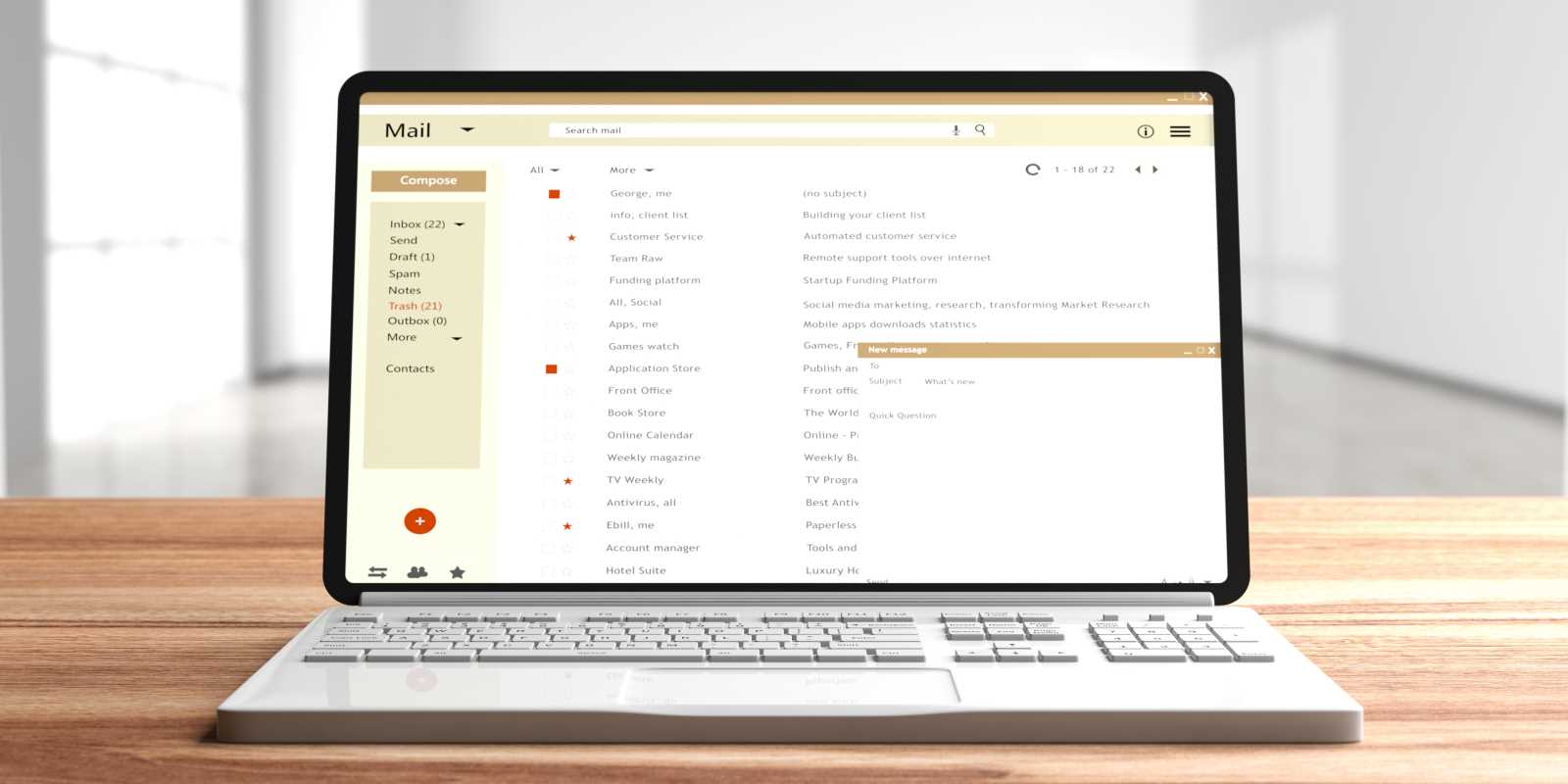We’ve all been there. You sit down to tackle your to-do list, but instead, you find yourself scrolling through social media, reorganizing your desk (again), or watching “just one more” episode of your favorite show. Procrastination isn’t just about laziness; it’s often tied to feeling overwhelmed, a lack of motivation, or even fear of failure. But don’t worry! There are simple, practical ways to beat procrastination—even on those bad days when everything feels like a mountain to climb. Here’s a guide to help you take control, snap out of those procrastination spirals, and actually get things done. Trust us, you can do it.
1. Break Tasks into Bite-Sized Pieces
Sometimes, the hardest part is just starting. When a task seems massive or overwhelming, your brain may hit the brakes. But here’s the fix: break it down!
Instead of thinking, “I need to write a 10-page report,” shift your focus to completing one small piece of it, like brainstorming three key points. When you accomplish that smaller task, you’ll feel a tiny surge of motivation that can propel you forward. Psychologists often call this the “Progress Principle”—small wins lead to big momentum.
Example:
If you need to clean your room but can’t bring yourself to start, focus on one area, like clearing off your nightstand or folding five shirts. Once that’s done, you might find yourself naturally moving to the next step.
2. Set a Timer with the Pomodoro Technique
We’ve all fallen into the trap of thinking we’ll “start soon” and then suddenly realizing hours have passed. The Pomodoro Technique is an easy and effective way to overcome this.
Here’s how it works:
- Set a timer for 25 minutes.
- During that time, focus on just one task. (No distractions allowed!)
- When the timer goes off, take a 5-minute break.
- Repeat the cycle 3-4 times, then reward yourself with a longer break.
It turns work into manageable sprints, making it less intimidating and more achievable. Plus, knowing you only have to focus for 25 minutes at a time can make starting much easier.
Pro-tip: Apps like Focus Keeper or TomatoTimer can help take the guesswork out of this process.
3. Tackle Your Hardest Task First (a.k.a. Eat the Frog)
This might sound counterintuitive, but hear us out. The "frog" is your biggest, most challenging task of the day. By tackling it first, you’re taking control of your procrastination before it even gets the chance to settle in.
Completing that difficult thing early on gives you a burst of confidence and relief that the rest of the day will likely feel smoother. Author Brian Tracy swears by this technique in his book Eat That Frog! because it helps stop procrastination in its tracks.
Example:
If you dread going to the gym, schedule your workout first thing in the morning. Once it’s done, you’ll feel accomplished, and everything else will seem easier in comparison.
4. Create a Distraction-Free Zone
Be honest with yourself: how often do you get sucked into your phone, random internet searches, or staring out the window when you’re supposed to focus on work? Setting up a space specifically for productivity can make a world of difference.
How to create your zone:
- Put your phone in another room or on “do not disturb.”
- Clear the clutter off your workspace.
- Use noise-canceling headphones or soothing background music to stay focused.
- Communicate boundaries with people around you to minimize interruptions.
A well-prepared environment signals to your brain that it’s time to focus, not scroll.
5. Use Rewards to Build Positive Momentum
Everyone loves a good reward, right? Use that to your advantage. Tying small rewards to finished tasks can motivate you to get started.
Small rewards could include:
- A cup of your favorite coffee after finishing a report.
- 10 guilt-free minutes of social media after completing two Pomodoro sessions.
- Watching your favorite show when you’ve checked off the big priorities of the day.
By associating your hard work with positive outcomes, you’ll slowly train your brain to focus better in the short term and accomplish more in the long term.
6. Keep a To-Do List (But Prioritize Wisely)
A long, disorganized to-do list can feel paralyzing instead of helpful if it’s not managed well. Get strategic!
Start by writing everything down, then rank your tasks by importance and urgency. Tackle the high-priority tasks first, and don’t sweat the small ones until you’ve handled the essentials. Try using tools like the Eisenhower Matrix (a simple way to categorize tasks) or apps like Todoist to stay on track.
Pro-tip: Writing tasks down also gets them out of your head. This reduces mental clutter and anxiety, leaving more energy to actually get things done.
7. Practice Self-Compassion (Yes, Really!)
Bad days happen to everyone. Instead of spiraling into guilt about what you should be doing, remind yourself that sometimes progress just looks different. Taking action, no matter how small, is still progress.
Example:
If you’re struggling to write that big presentation, try giving yourself grace. Write a rough, messy outline instead of aiming for perfection, or take a short walk to clear your head. When you’re kinder to yourself, you’ll feel less overwhelmed and more inclined to jump back in.
Remember, productivity isn’t about being perfect. It’s about consistently showing up and doing your best with what you have.
8. Find an Accountability Buddy
Sometimes, letting someone else know about your goals or tasks is the nudge you need to stay on track. An accountability buddy can check in with you throughout the day or week, helping to keep procrastination at bay.
How to make it work:
- Pair up with a friend, coworker, or mentor who shares similar goals.
- Set regular check-ins or deadlines to keep each other focused.
- Celebrate wins (big and small!) together to stay motivated.
Feeling connected and supported can give you that extra push needed to push through resistance.
9. Change Your Environment
A simple shift in your surroundings can do wonders for your focus. Working or studying in the same spot every day can make it easy for boredom and procrastination to creep in. Switch it up!
Ideas to mix things up:
- Take your laptop to a local coffee shop or library.
- Work at a standing desk if you usually sit.
- Rearrange your workspace or add some greenery for a fresh vibe.
These small adjustments keep your mind engaged and less likely to slip into procrastination patterns.
10. Start Saying “No” to Things That Don’t Matter
Sometimes, procrastination stems from being overwhelmed by too much on your plate. Learn to say “no” to unnecessary tasks or commitments that drain your time and energy. It’s not selfish—it’s self-care.
Prioritize what truly matters to you, and give yourself permission to skip the rest.
 (Image via
(Image via
.jpeg)




